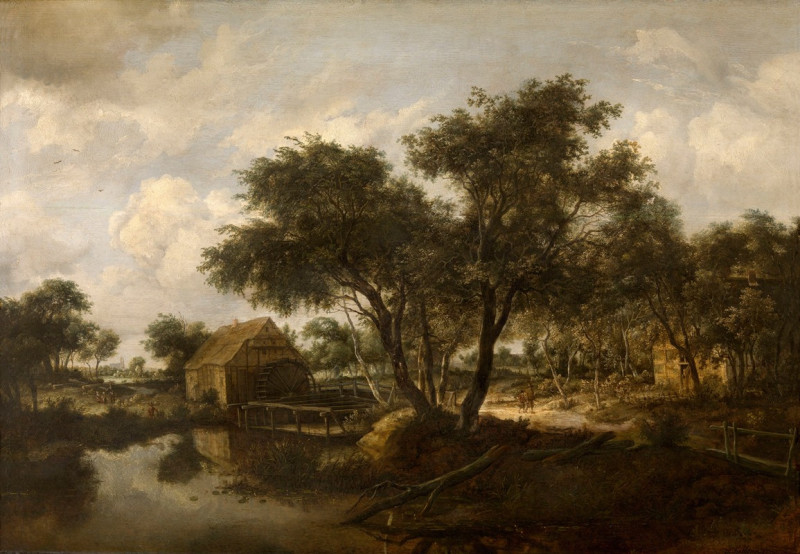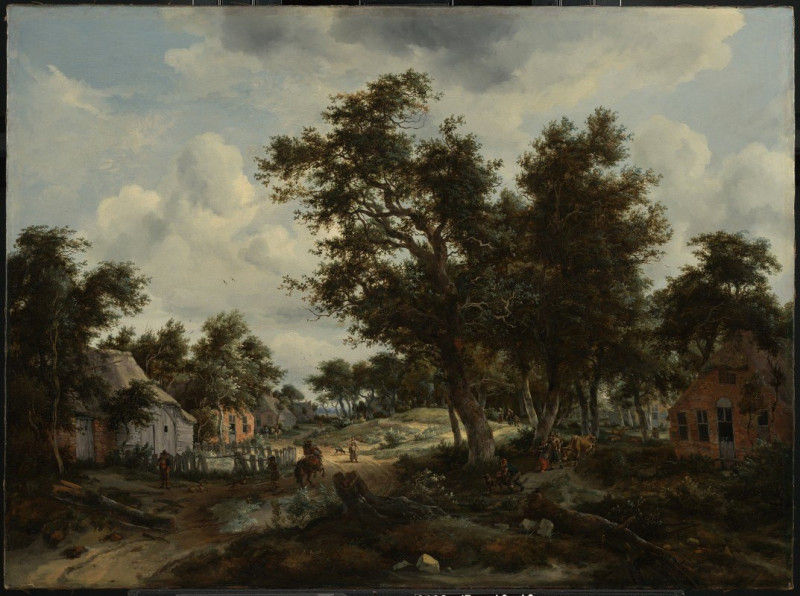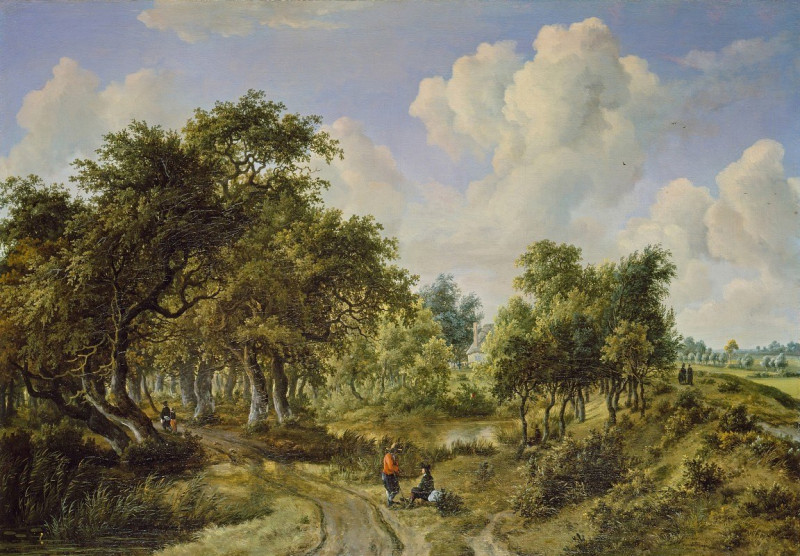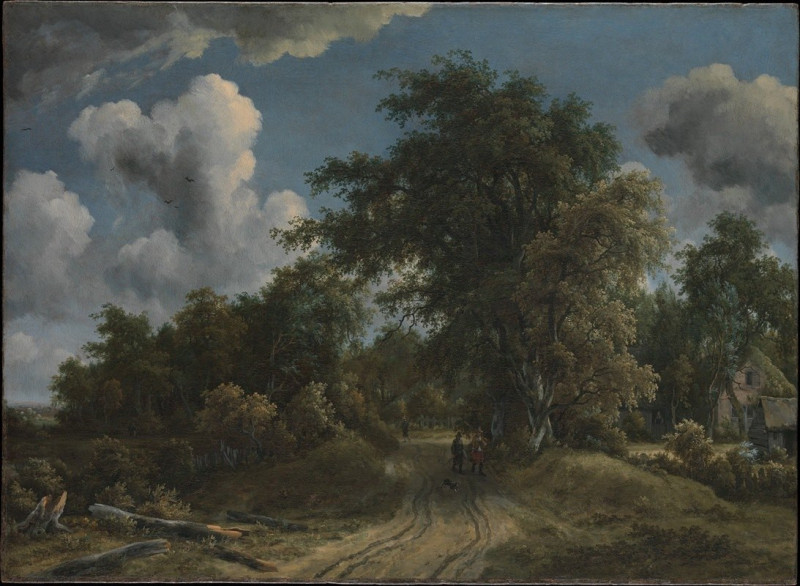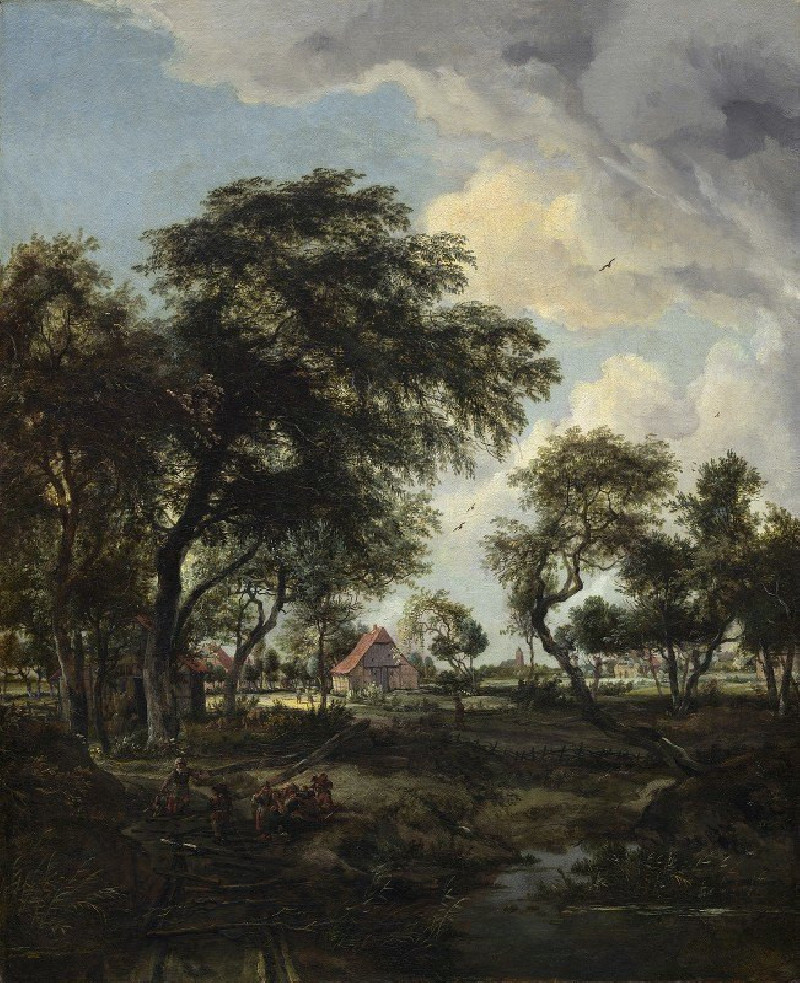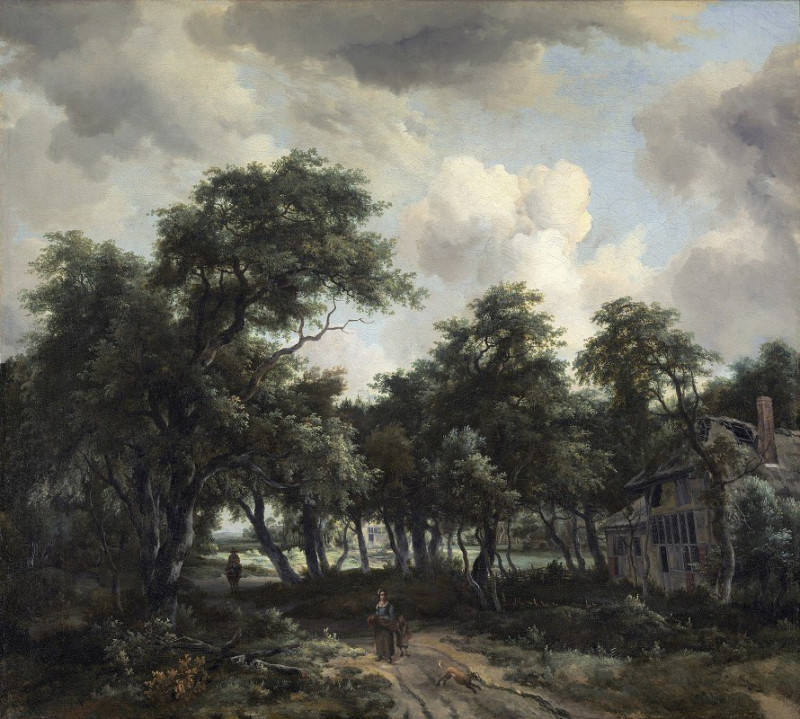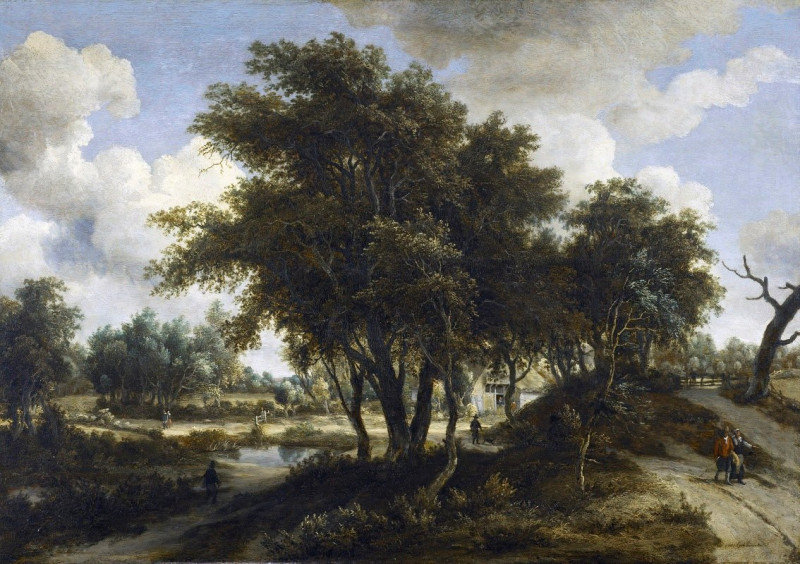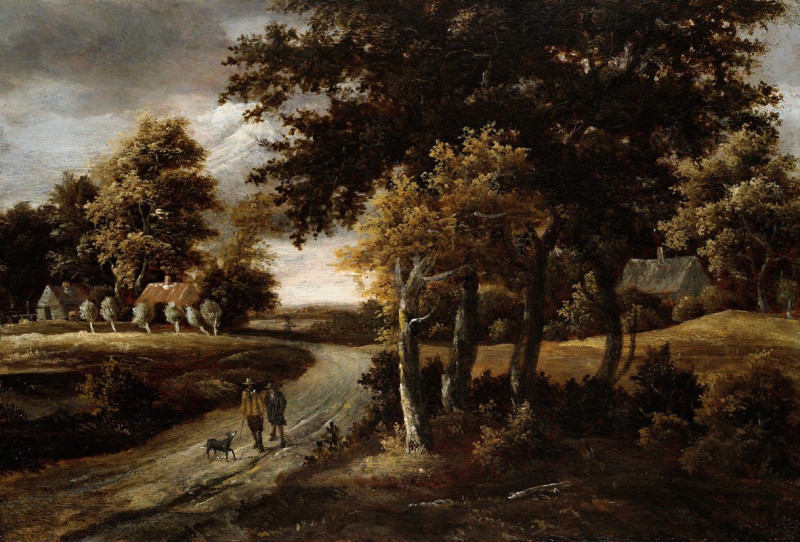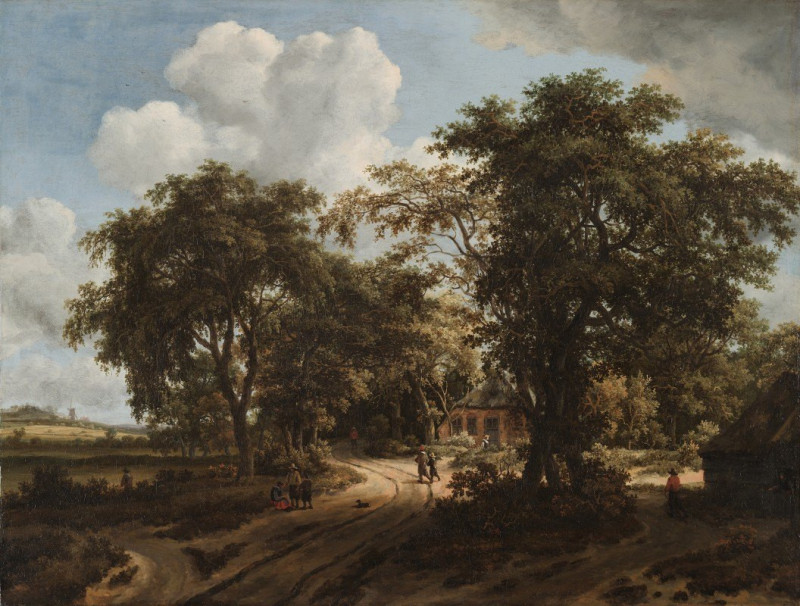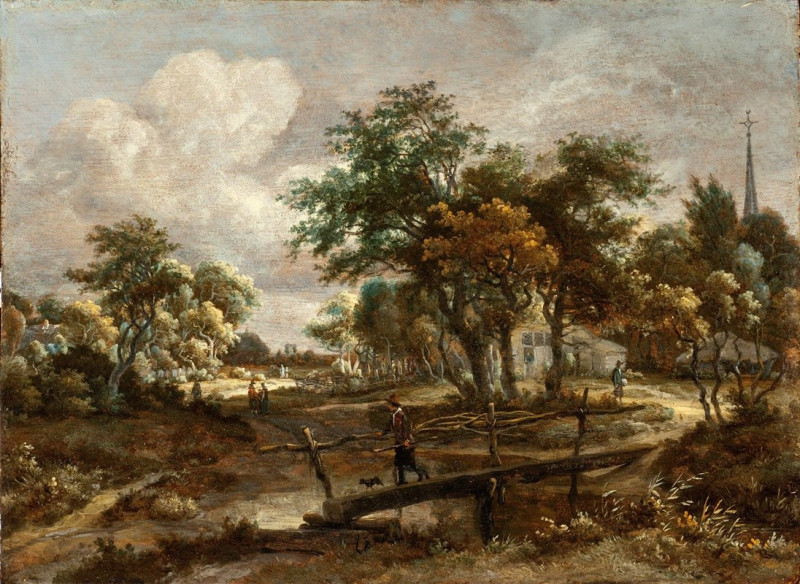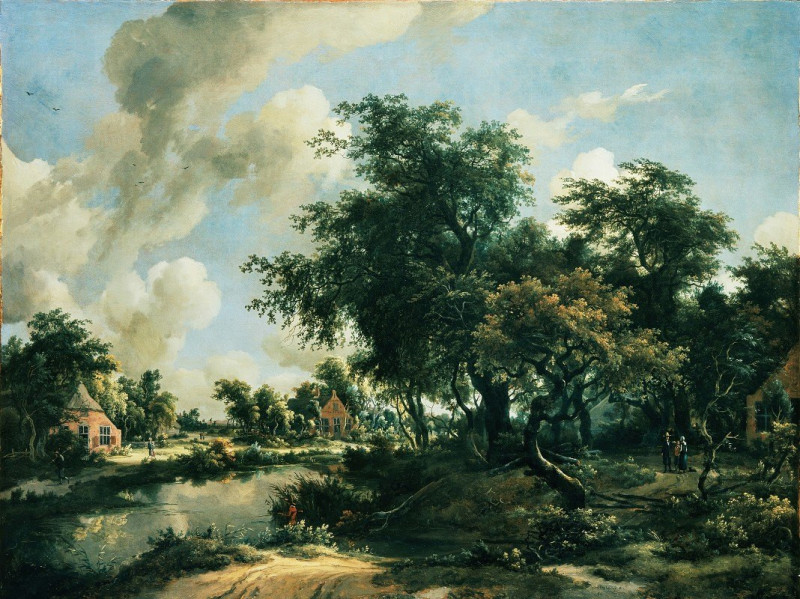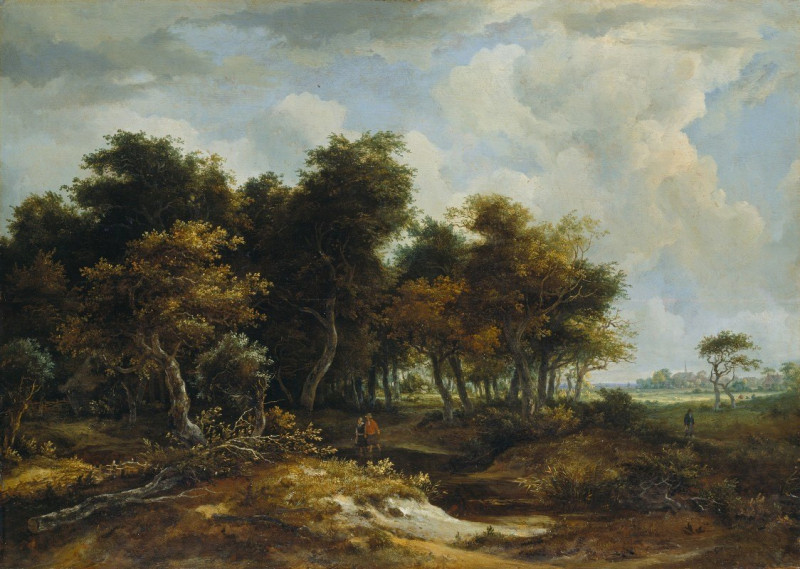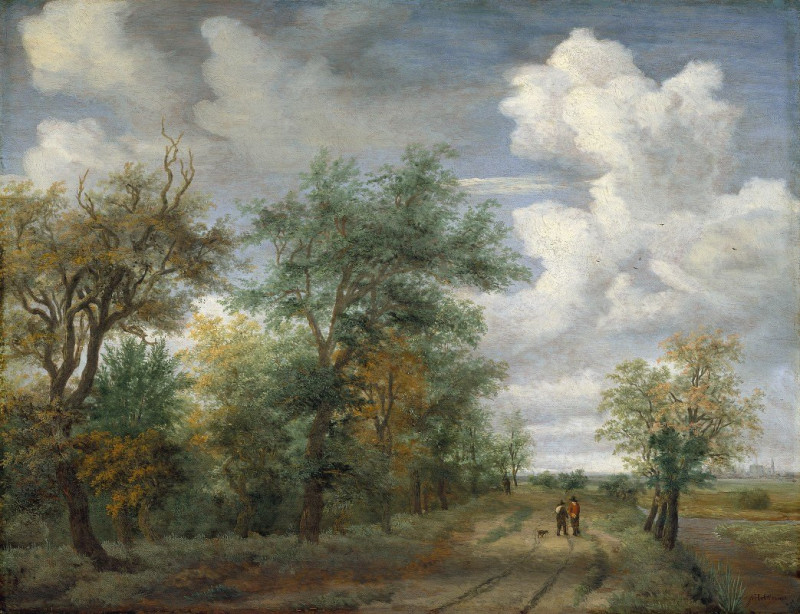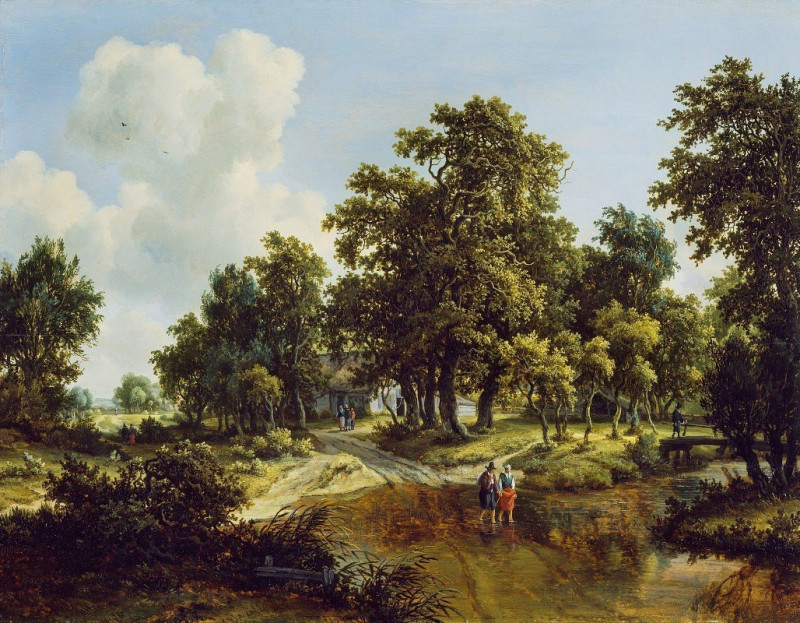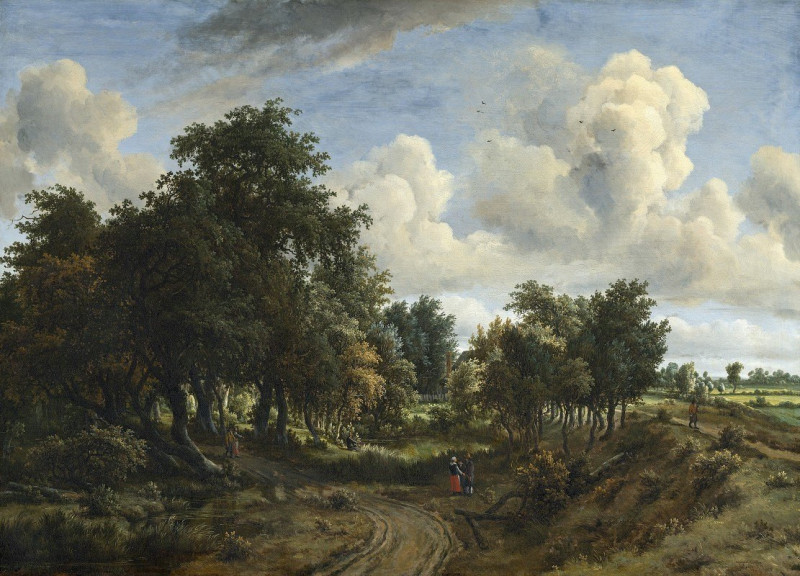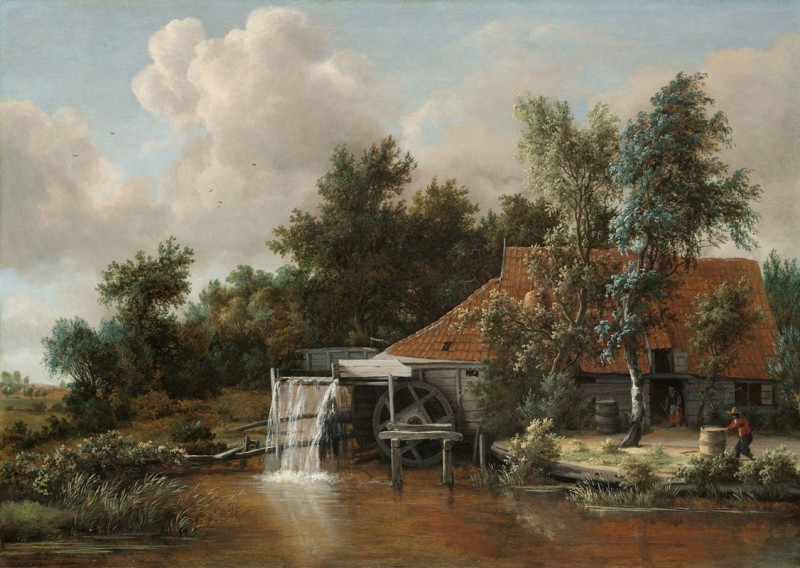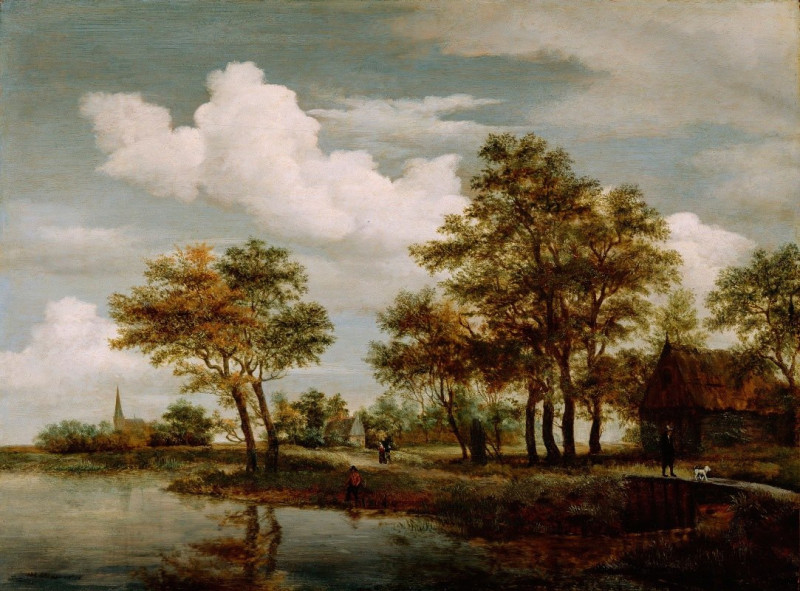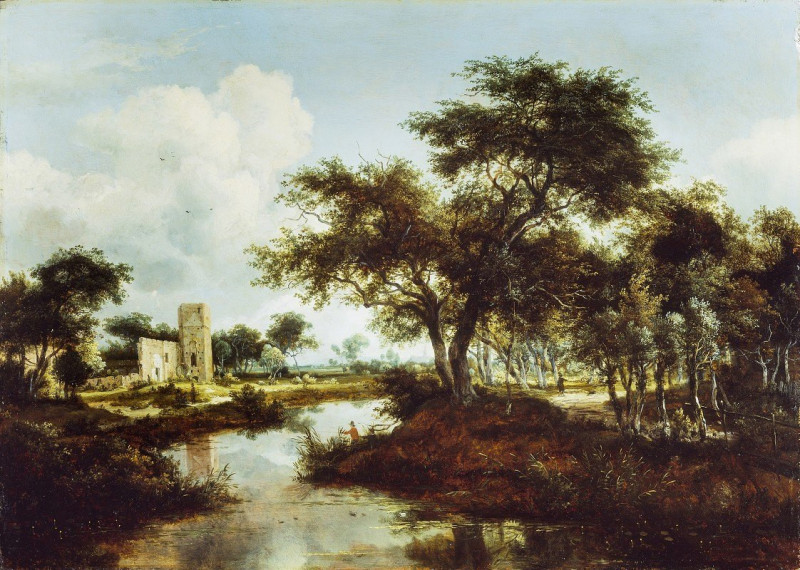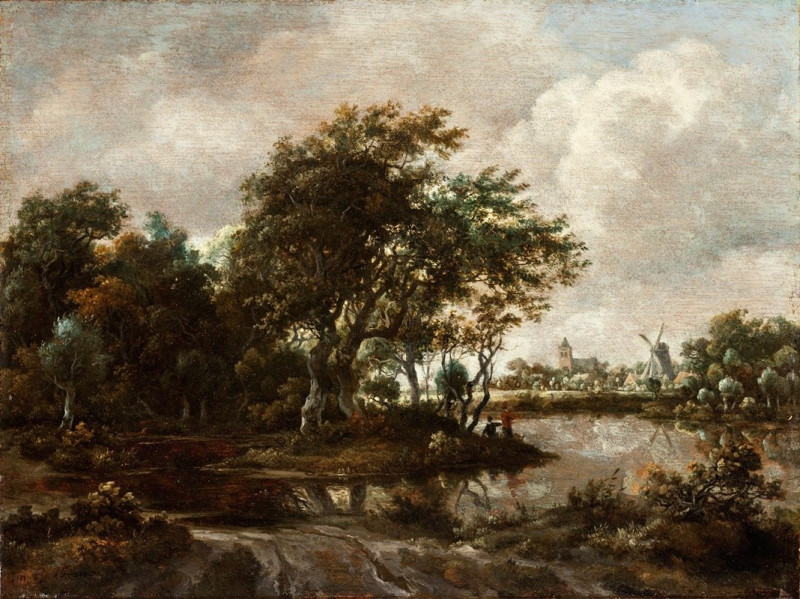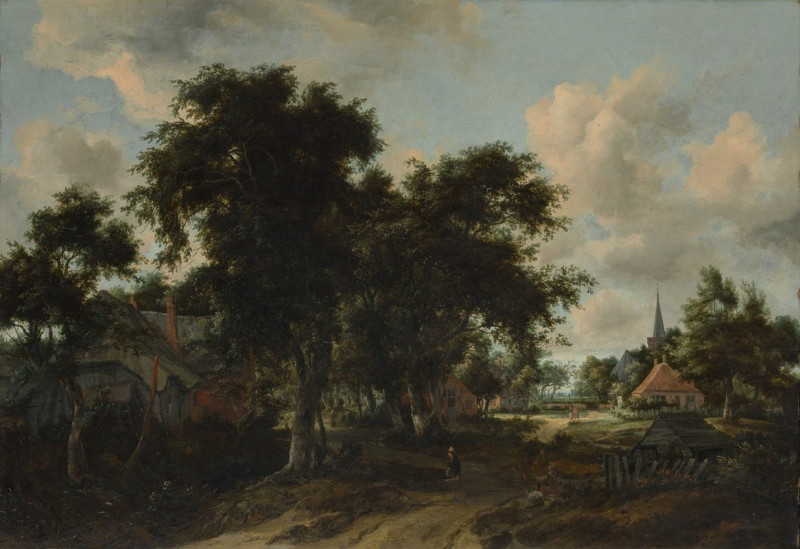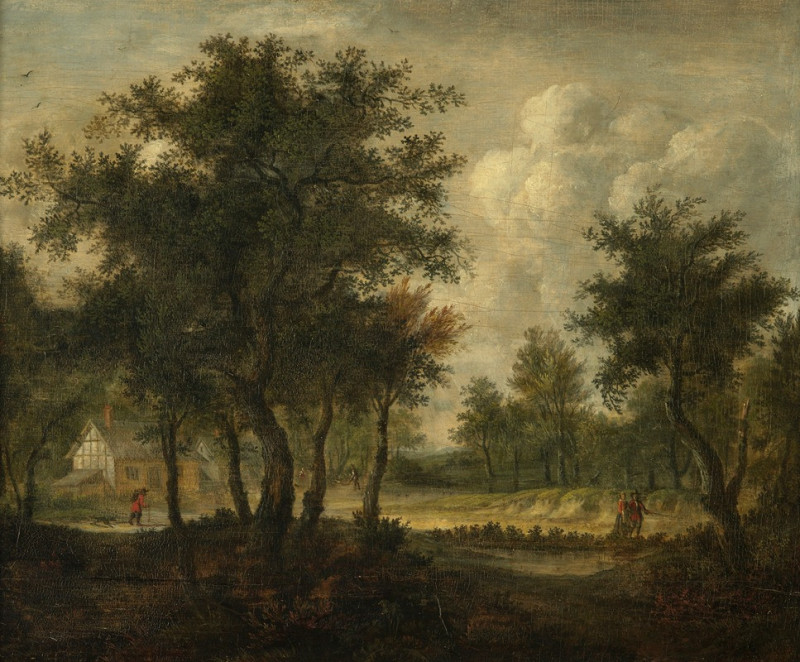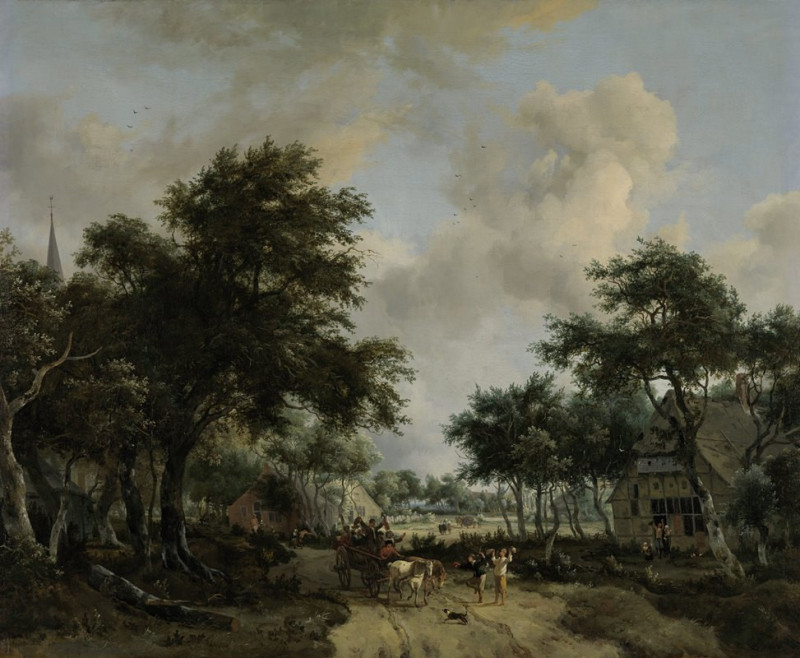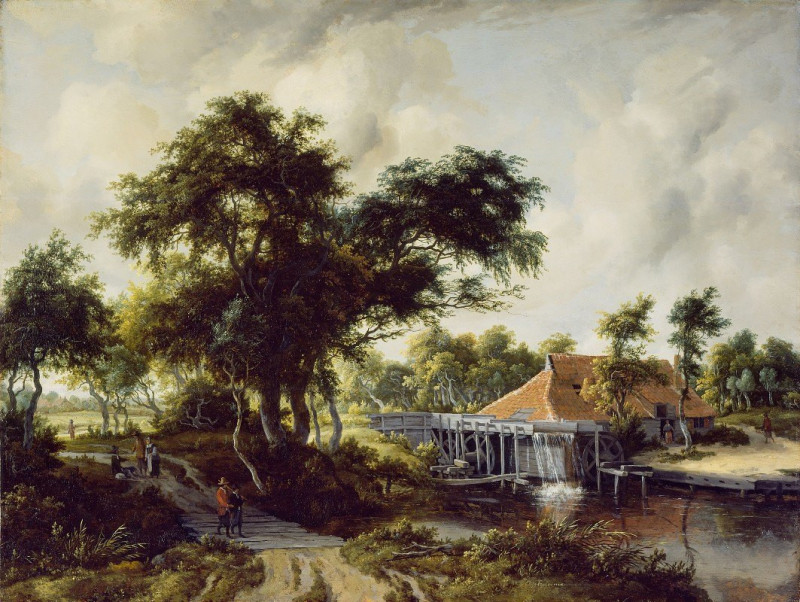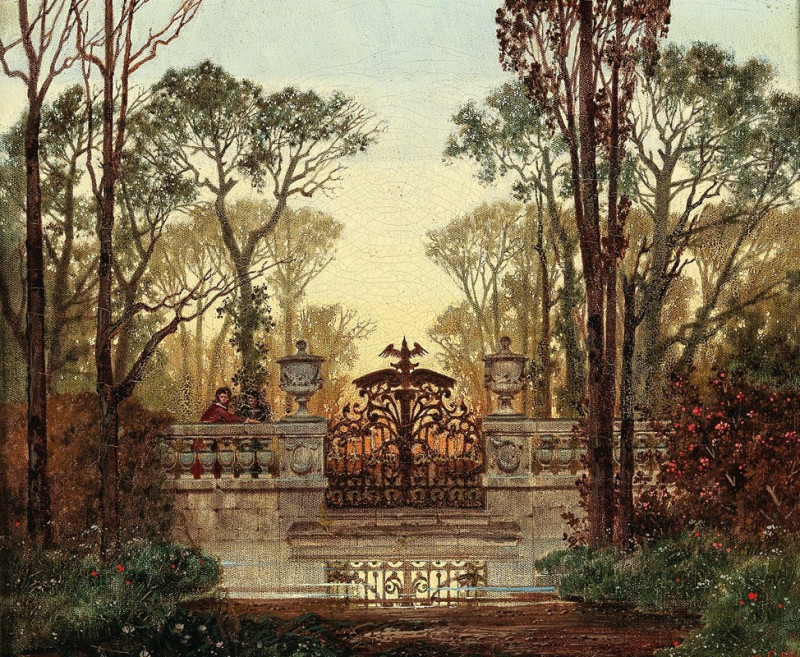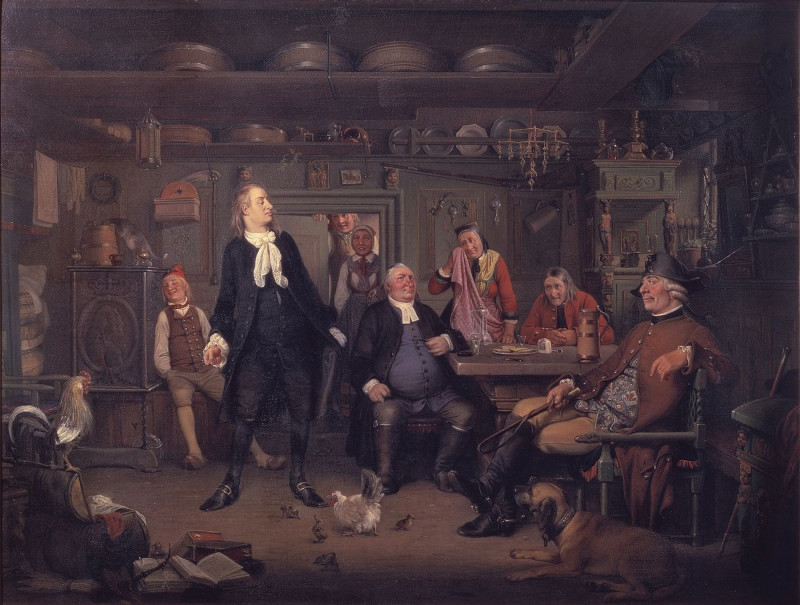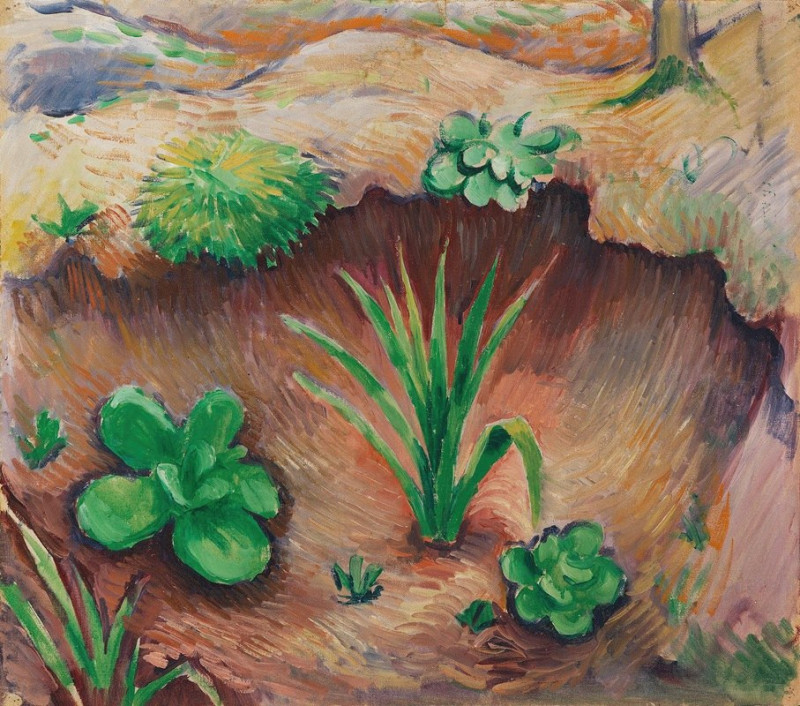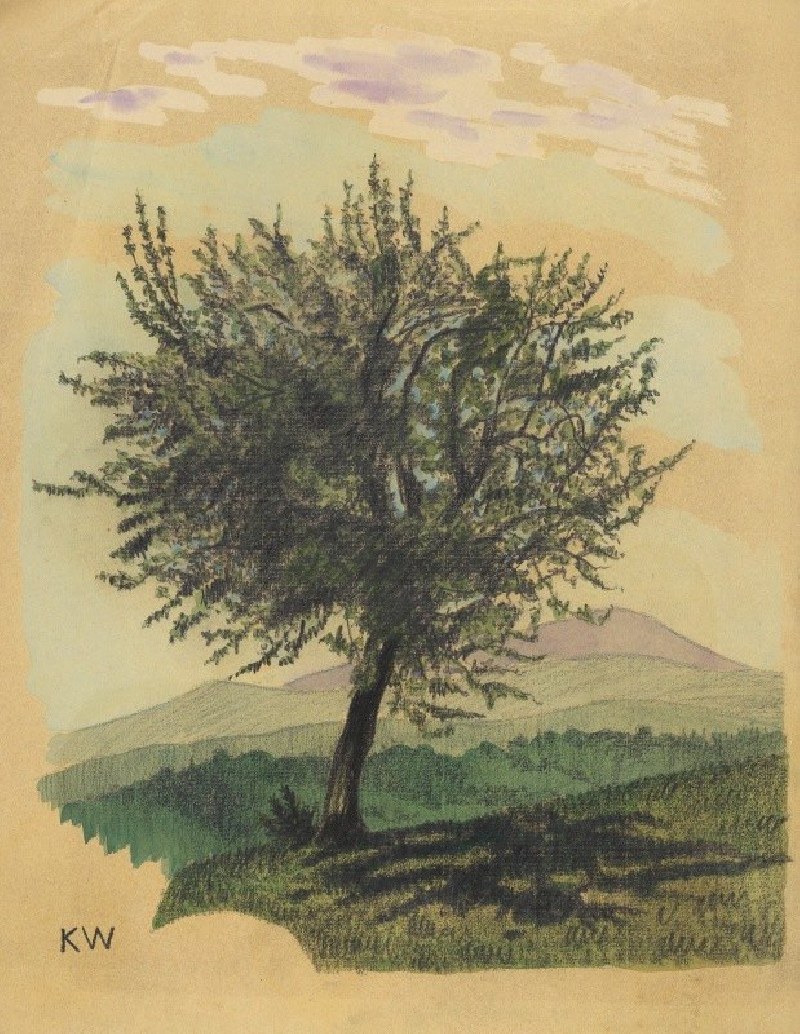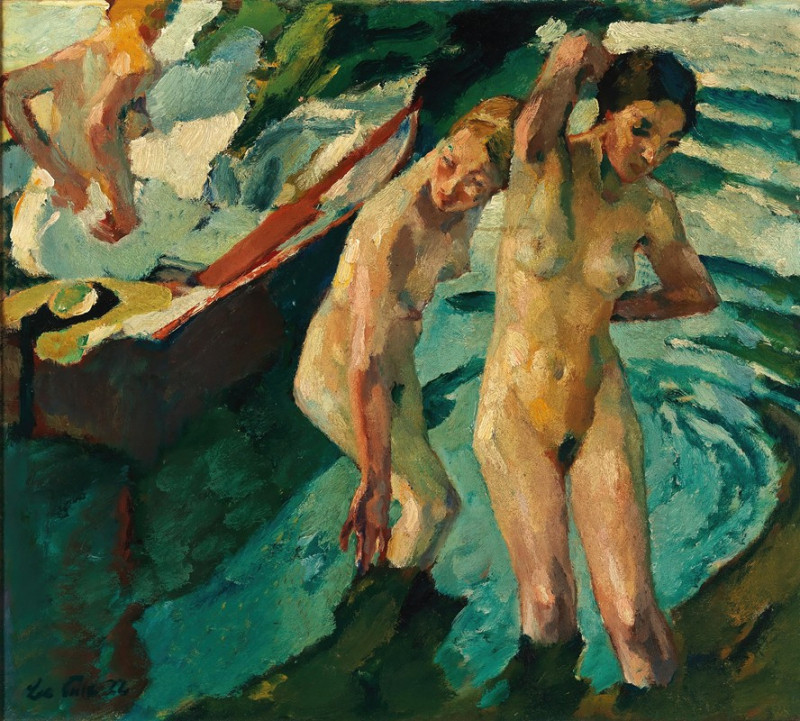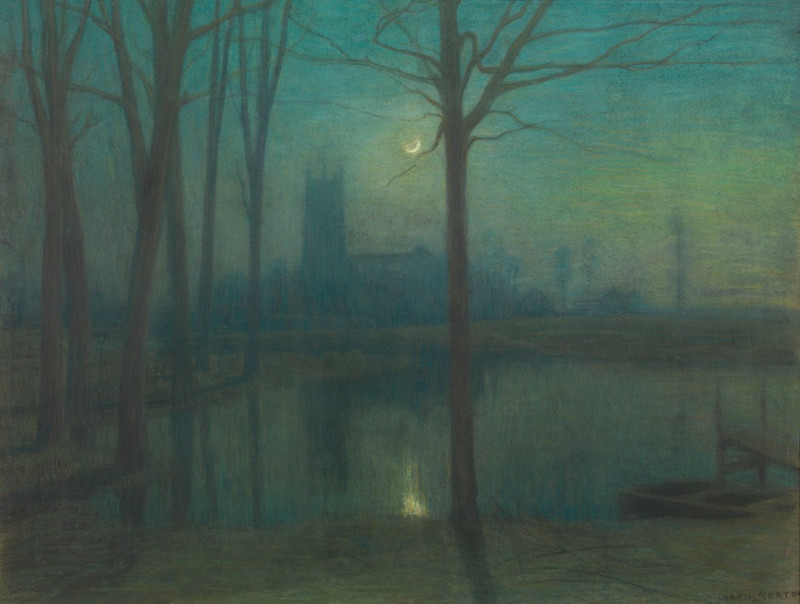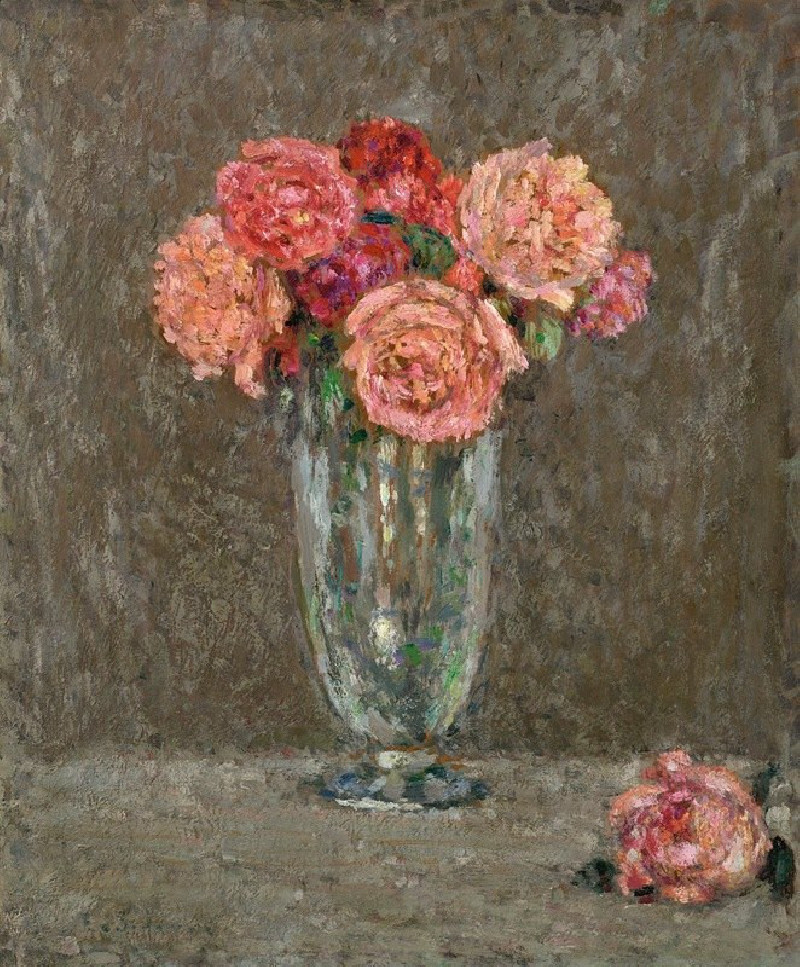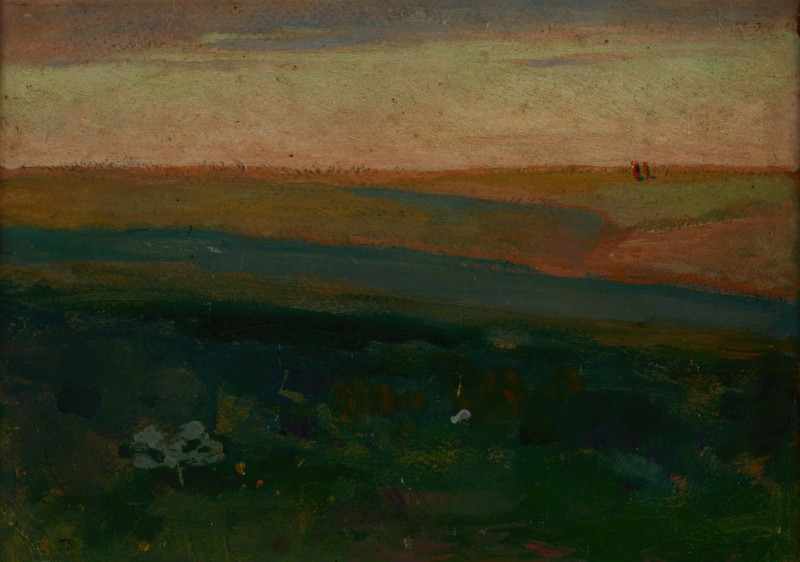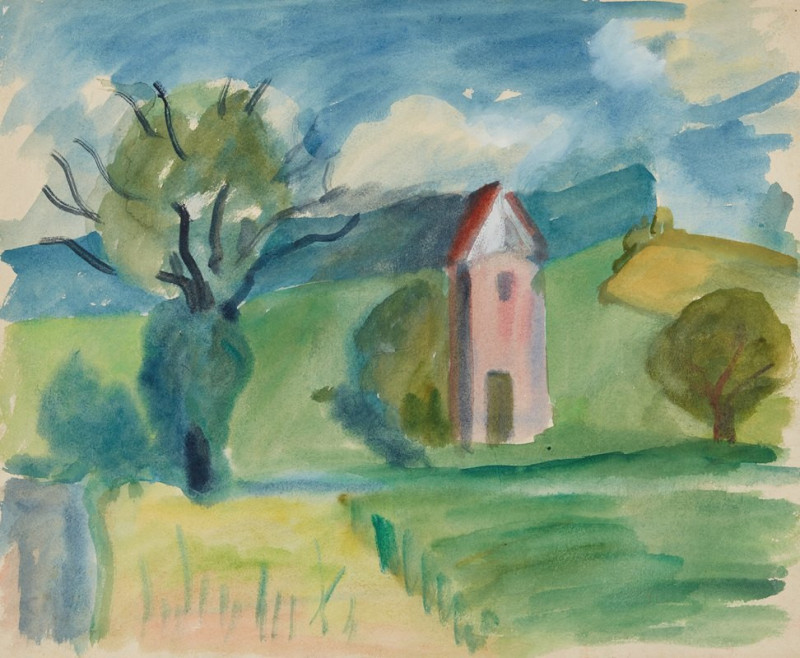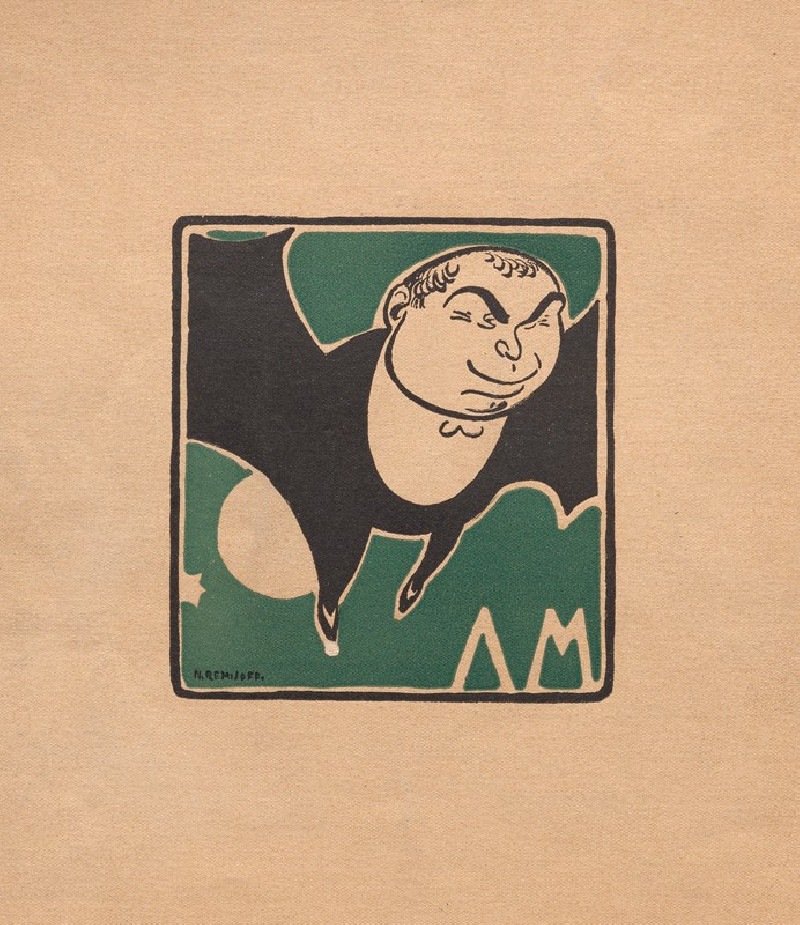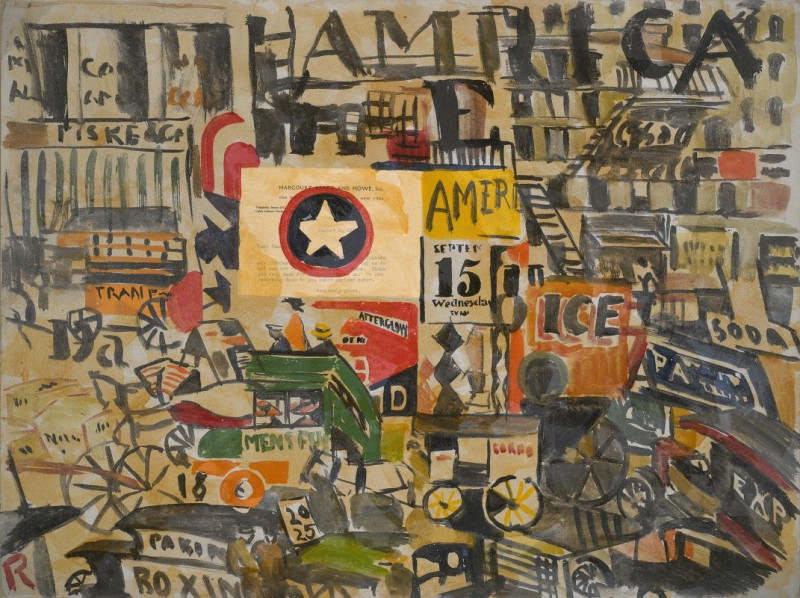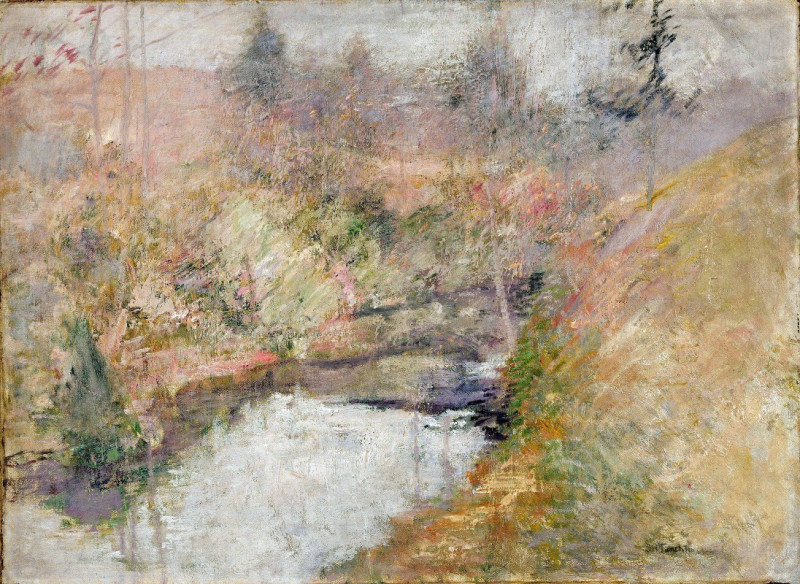Water Mill (1670-1685)
Technique: Giclée quality print
Recommended by our customers
More about this artwork
Capturing the serene essence of rural life, the painting "Water Mill" by Meindert Hobbema, created between 1670 and 1685, is an exquisite example of Dutch Golden Age art. This artwork draws viewers into a tranquil landscape enriched with naturalistic details and a mastery of light and shadow.In the center of the scene lies an old water mill, its structure rustic and intimately connected with its surroundings. The mill with its large wooden wheel, partly hidden and partly exposed, is nestled by the bank of a gently flowing stream, reflecting the melding of human endeavor with nature. A bridge nearby invites the viewer to cross, symbolizing perhaps a passage into this peaceful realm.To the left, the landscape opens into a brighter area where figures can be seen engaging in daily activities near a cluster of homes. This human element brings vitality to the scene without disturbing the prevailing calm. The large trees that dominate the composition frame the mill and lead the eye towards the lush greenery and detailed foliage, rendered with meticulous attention.Above, a vast sky filled with swirling clouds overlooks the scene, conveying both the vastness of nature and the transitory moment captured by the artist. The play of light across the canvas highlights Hobbema’s skill in creating depth and atmosphere, making "Water Mill" not just a visual experience but an emotional journey into a world long past.This painting is more than a visual delight; it serves as a portal to the simplicity and beauty of rural life in the 17th century, reflecting Hobbema’s profound appreciation for nature and his exceptional ability to depict it.

